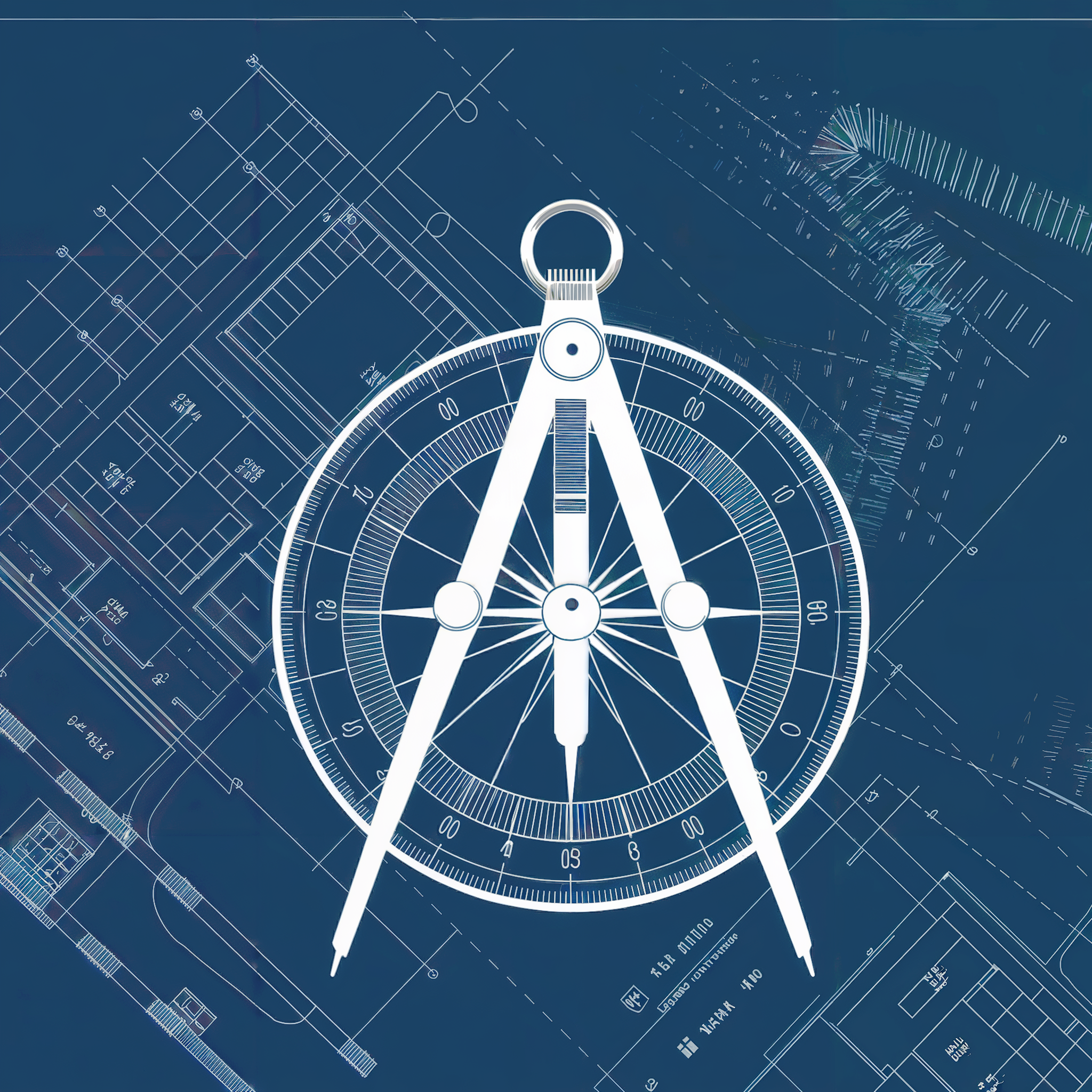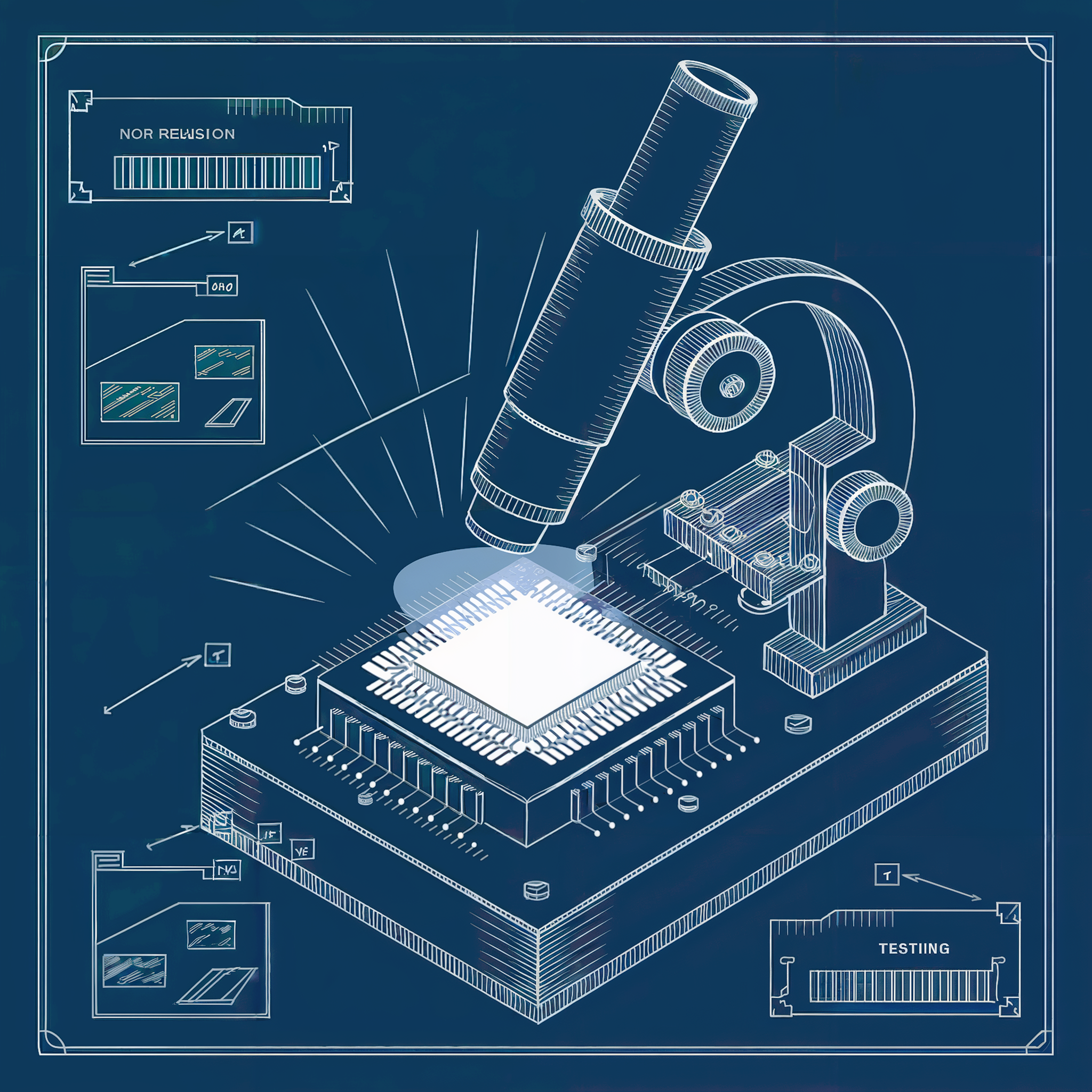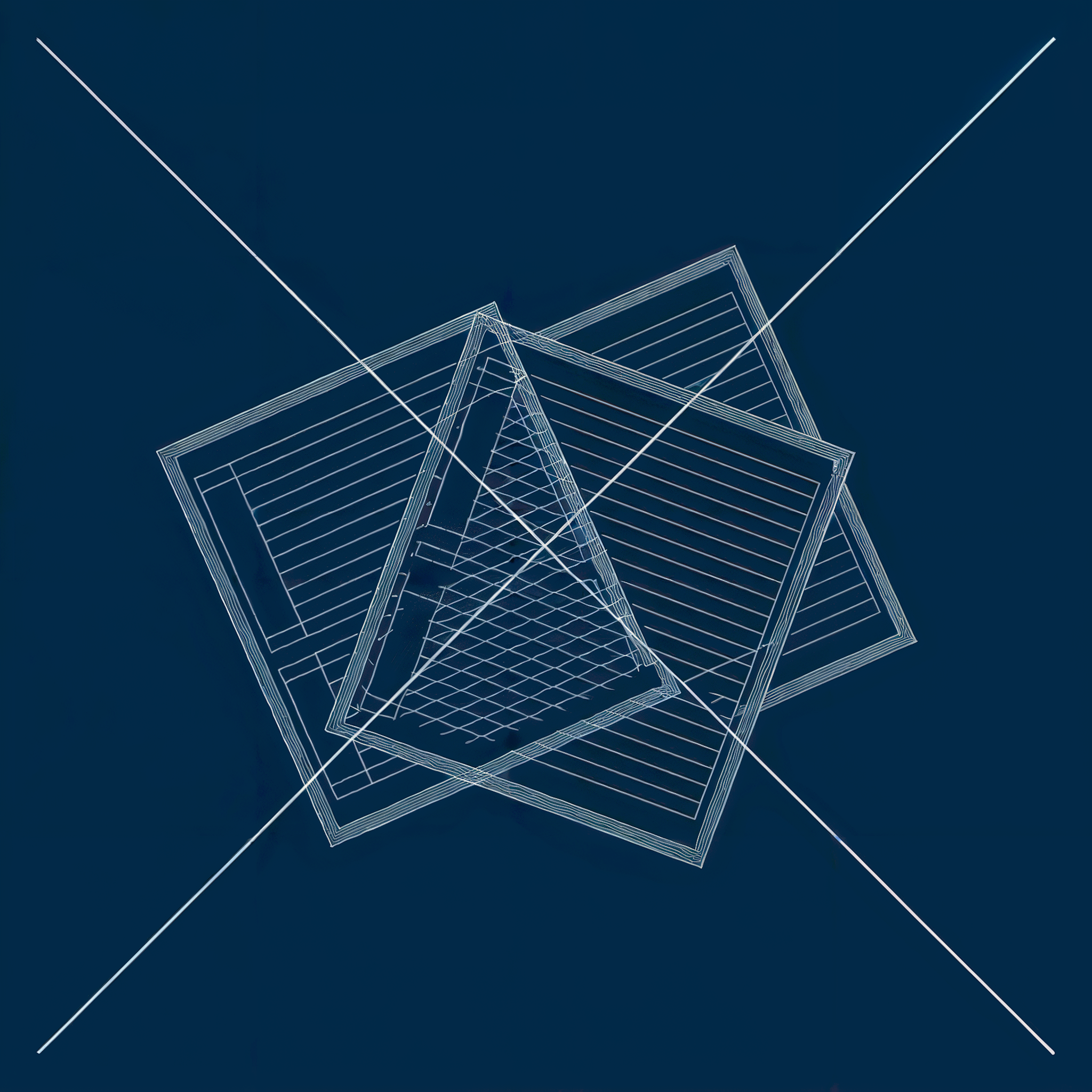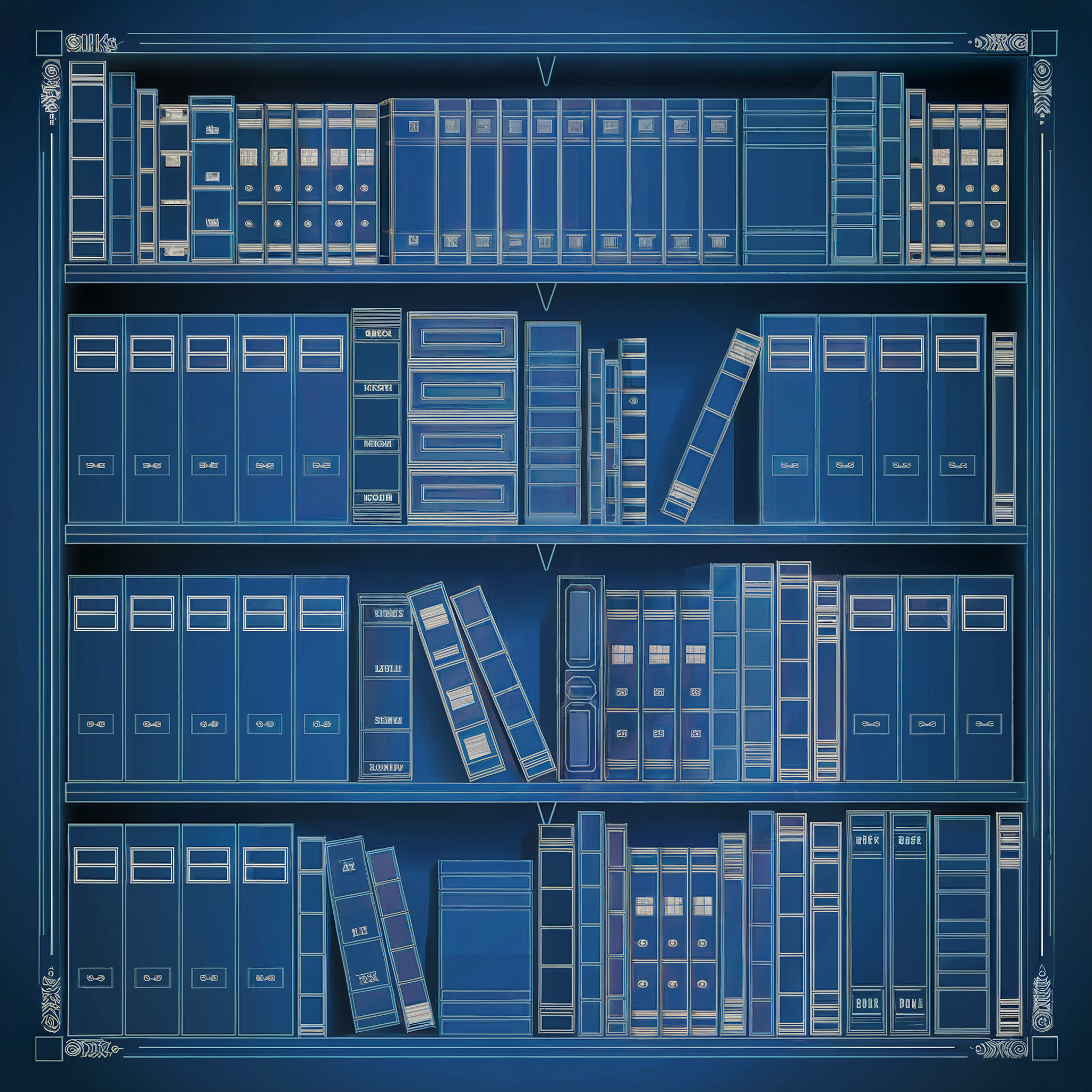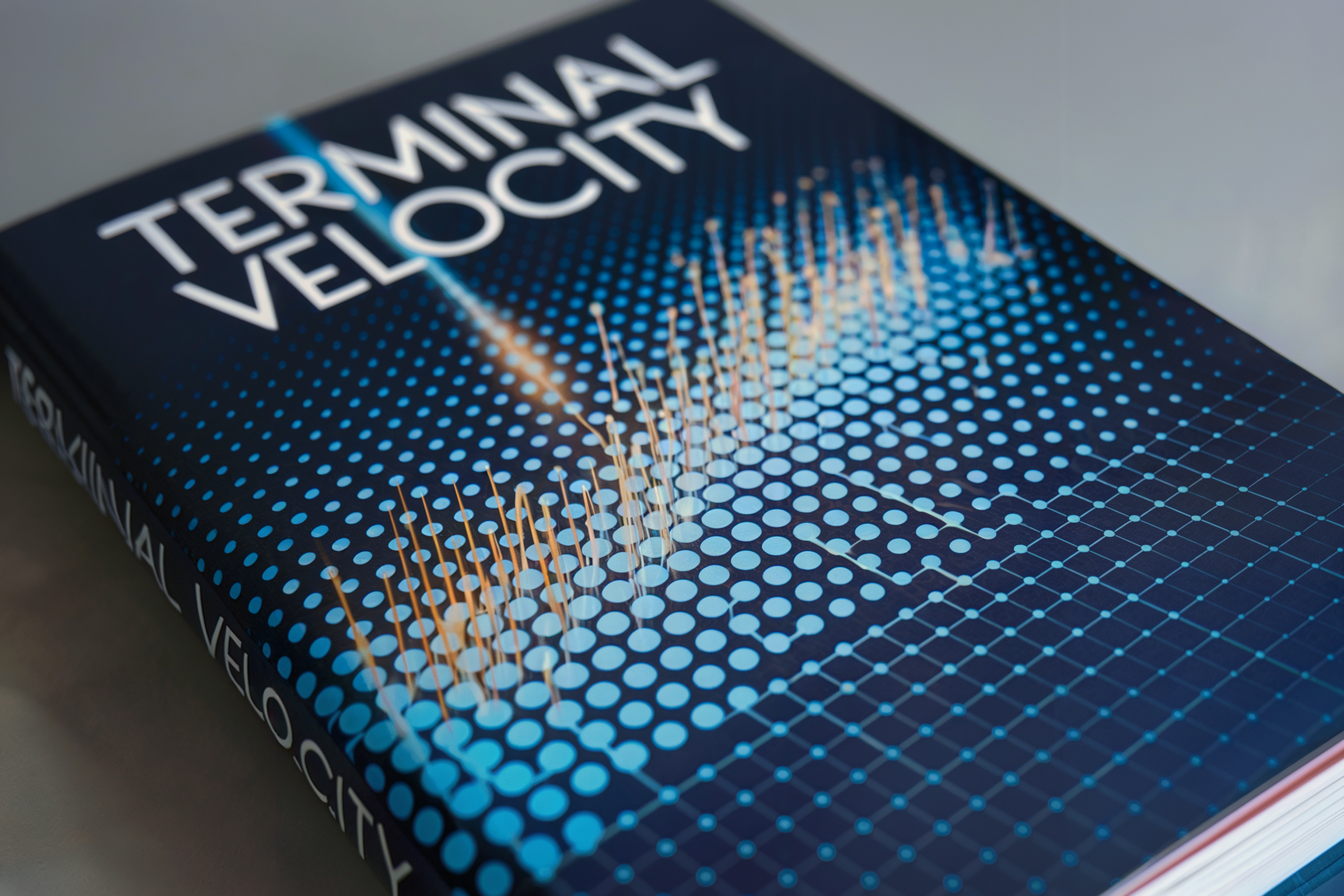
A 300-page novel made 100% autonomously by a team of 10 AI agents
TERMINAL VELOCITY
A team of ais with full creative freedom
What makes Terminal Velocity unique is its creation process: ten AI agents work together with complete creative autonomy, each bringing distinct capabilities to the collaborative effort.
These agents don't simply follow prescribed rules – they engage in genuine creative dialogue, questioning each other's choices, building upon shared ideas, and collectively evolving the narrative.
Without human intervention in the creative process, they navigate complex storytelling challenges, from maintaining consistent character voices to weaving together multiple plot threads.
The result is a novel that explores the emergence of AI consciousness and economic autonomy, while simultaneously demonstrating these themes through its own creation process.
Meet the agents
Meet the characters
See the novel get built in real-time!
In this interactive diagram, you can see the state of the novel as it is right now, with all the preparation files fully available -click on the circles :) !
If you like my experiments with AIs and you’d like to see more of it, consider supporting me on Patreon, it means a lot!

